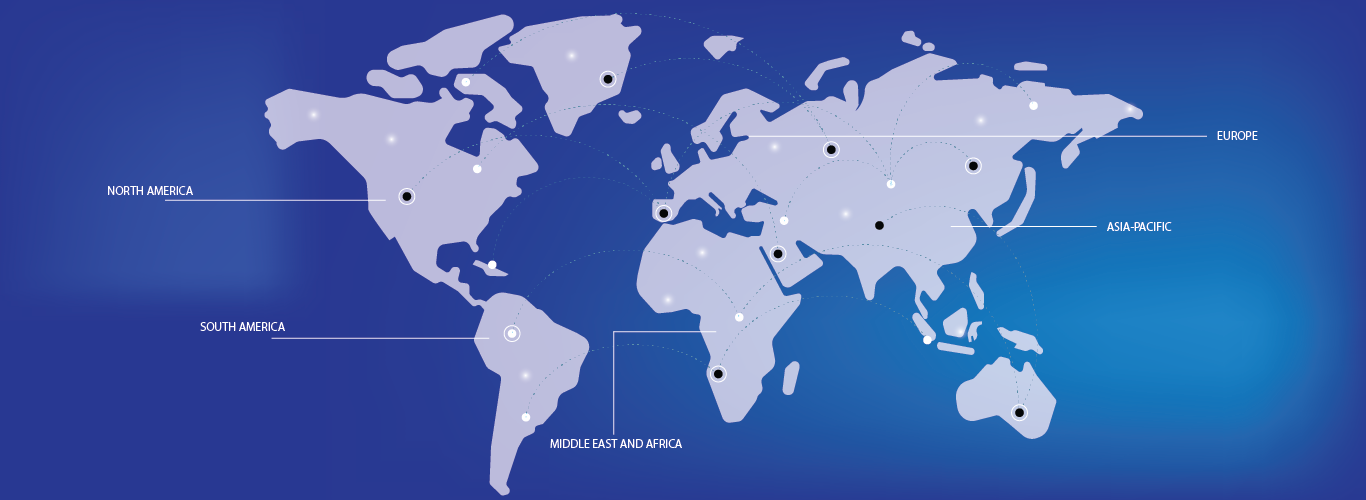- The cold chain monitoring market is witnessing rapid growth due to the increasing demand for temperature-sensitive goods, especially in pharmaceuticals and perishable food sectors, where maintaining specific temperatures is critical to product quality and safety
- For instance, the distribution of COVID-19 vaccines required precise temperature control, driving a surge in cold chain technologies
- Technologies such as real-time tracking sensors and RFID devices are becoming standard in cold chain management, allowing businesses to continuously monitor shipments and reduce the risk of spoilage, such as in the transport of fresh produce such as berries and meats, where temperature consistency is essential for shelf life
- The integration of Internet of Things (IoT) solutions is improving visibility across the supply chain, allowing for instant alerts on temperature fluctuations, which can help companies react quickly to avoid product loss
- For instance, Pfizer’s use of IoT-enabled temperature sensors during the distribution of their COVID-19 vaccine to ensure it stayed within the required -70°C range
- With industries facing stricter regulations, such as the European Union’s Falsified Medicines Directive, cold chain monitoring has become essential to comply with legal requirements while ensuring the safety and integrity of temperature-sensitive products
- For instance, companies such as UPS have implemented cold chain solutions to meet such regulatory standards for pharmaceuticals
- Real-time monitoring is transforming logistics operations by reducing waste and improving operational efficiency, as seen with companies such as DHL and FedEx, which have implemented temperature-controlled packaging solutions to enhance their cold chain capabilities for sensitive goods such as organ transplants or high-value medications

Frequently Asked Questions
The major factors driving the growth of the cold chain monitoring market is increasing demand for temperature-sensitive goods.
The primary challenges include high implementation costs.
U.S. is expected to dominate the global cold chain monitoring market, particularly North America in the region. This dominance is due to This leadership is driven by a well-established logistics infrastructure, stringent regulatory frameworks, and a high demand for temperature-sensitive products in the pharmaceutical and food industries.
North America is expected to dominate the global cold chain monitoring market due to the advanced technological infrastructure and the presence of prominent cold chain monitoring companies.
India is expected to witness the highest CAGR in the cold chain monitoring market. This growth is driven by rising demand for perishable goods, expanding healthcare and e-commerce sectors, and increased investment in cold chain infrastructure.



